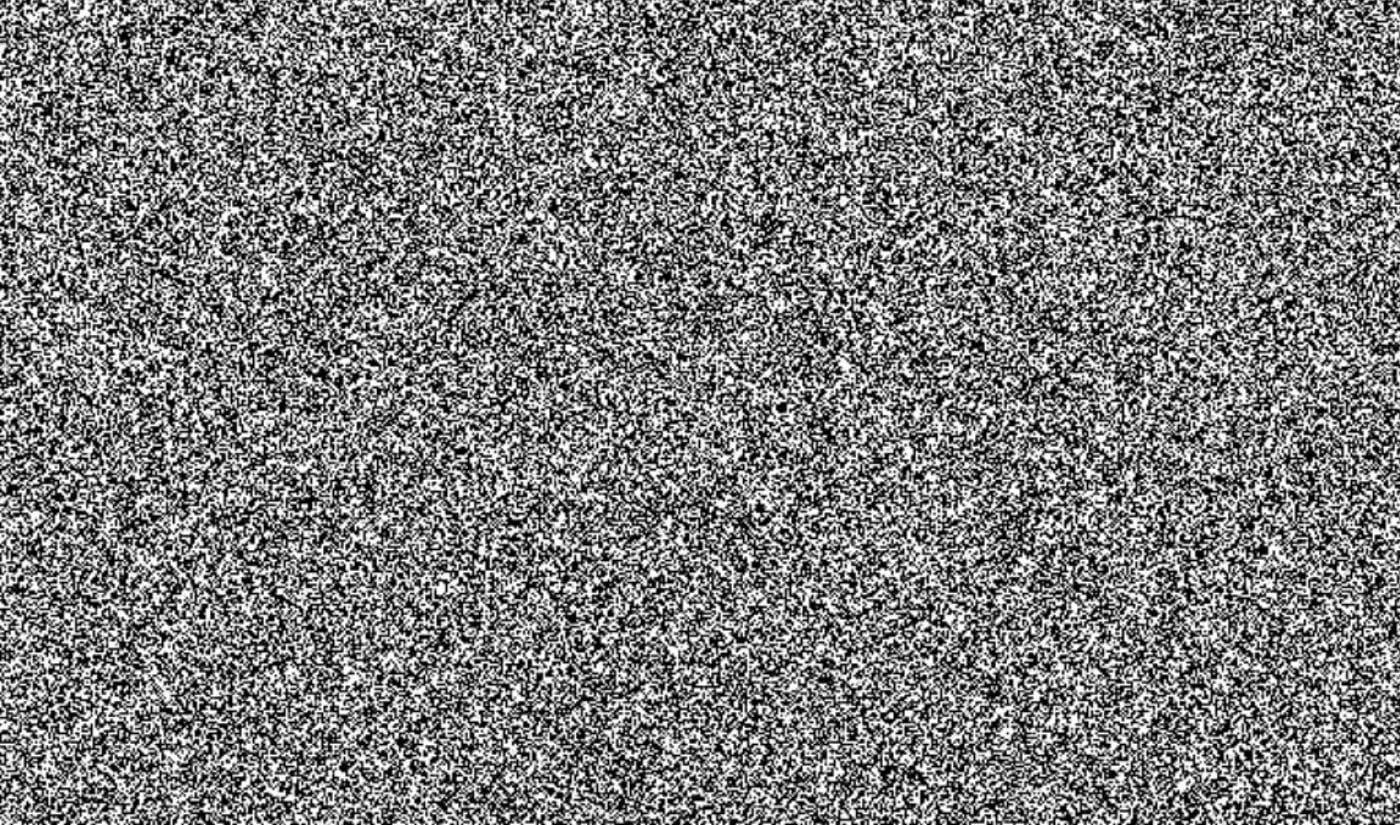http://stillspotting.guggenheim.org 
https://snohetta.com/project/31-stillspotting-guggenheim
While the vitality and stimulation of the urban environment can be pleasant, those living in or visiting densely populated areas, such as New York, can have wildly different experiences. The ever-present cacophony of traffic, construction, and commerce; the struggle for mental and physical space; and the anxious need for constant communication in person or via technology are relentless assaults on the senses. One wonders how locals and visitors can escape, find respite, and make peace with their space in this “city that never sleeps.” Here’s my own video of the project To a Great City. This particular site in the project was a 360˚ panoramic view from an empty floor of 47th floor of 7 World Trade Center. While the entire city suddenly took on a a spectacular newly-framed meaning, this particular view has special significance since the event marked the anniversary of 9/11.
From the Guggenheim Stillspotting website:
September 15–18 and 22–25, 2011
For the second edition of stillspotting nyc, composer Arvo Pärt (b. 1935, Paide, Estonia) and the New York City and Oslo-based architectural firm Snøhetta collaborate on a series of stillspots around Lower Manhattan that explore the special relationship between space and sound. Pärt’s concept of tintinnabuli (“little bells” in Latin), which forms the basis of most of his work, was born from a deeply rooted desire for a reduced realm of sound that could not be measured, as it were, in kilometers or even meters but only in millimeters. In our busy everyday lives in cities such as New York, we often don’t realize how our ears continually need time to adjust to strong differences in the sounds that surround us—just as the pupils of the eyes only gradually accommodate to the change from light to dark. Pärt believes that our mind and senses do register these differences unconsciously. Oftentimes the mysterious phenomenon of sensory adaptation is best observed through reduction rather than growing complexity. Reduction certainly doesn’t mean simplification, but it is the way—at least in an ideal scenario—to the most intense awareness of the essence of stimuli. For To a Great City, the architects have selected—and subtly altered by the placement of large-scale weather balloons—indoor and outdoor spaces that embody the concept of a central musical tone and extend the perception of sound into the realm of space. The spherical balloons have a unifying and holistic character and simultaneously create and ignore space: something that can also be said of Pärt’s music.


- image from http://mynameisreb.wordpress.com

- image from http://mynameisreb.wordpress.com

- image from http://mynameisreb.wordpress.com
